VIDEO: Film Documents Explosion of Factory Farms in China
The News
Historically, meat in China was used as a seasoning. Today, it’s the main course. The radical change in diet coupled with an exploding population has led to the rapid industrialization of animal agriculture — in a country where the humane treatment of animals has not yet entered the public consciousness. Brighter Green, a U.S. based public policy action tank, is attempting to change that.

Industrial agriculture in China has expanded with the increased demand for meat and the explosion of fast food restaurants
Using an all Chinese crew, Brighter Green produced a half hour film – What’s For Dinner? – that documents the surge in factory farms and the tragic impact they are having on the environment, public health and the animals. According to Executive Director Mia McDonald, Brighter Green is using the film as “a tool to raise public awareness about the negative impact of industrialized agriculture and the benefits of adopting a plant-based diet.”
The story is told through the eyes of a retired pig farmer, a vegan restaurateur in Beijing, a livestock entrepreneur, and residents of a city whose water supply has been polluted by factory farm waste.
In addition to exporting fast food restaurants to China, the United States has exported the fallacy that the meat and dairy-centric American diet is healthier than the traditional vegetable-heavy Chinese diet. The mainstream Chinese public has not yet connected the dots between the increase in the consumption of animal protein and the growing obesity and diabetes epidemics. The public also hasn’t made the connection between animal agriculture and the country’s food shortage, which could be curbed if the grain being fed to livestock was instead fed to the people.
According to What’s For Dinner?, there is hope, as vegan restaurants gain popularity in Beijing and other cities, and animal welfare organizations are increasing in number and influence. But the shift away from the newly-adopted meat-heavy diet has to occur quickly because, as the filmmakers point out, “Twenty percent of all people live in China, so what the Chinese eat and how they produce food affects not just China, but the entire planet.”
Your Turn
What’s For Dinner? is available for rent or purchase on Amazon Video. To purchase the DVD, please contact Icarus Films.
Filed under: Food
Tagged with: China, factory farming, pigs



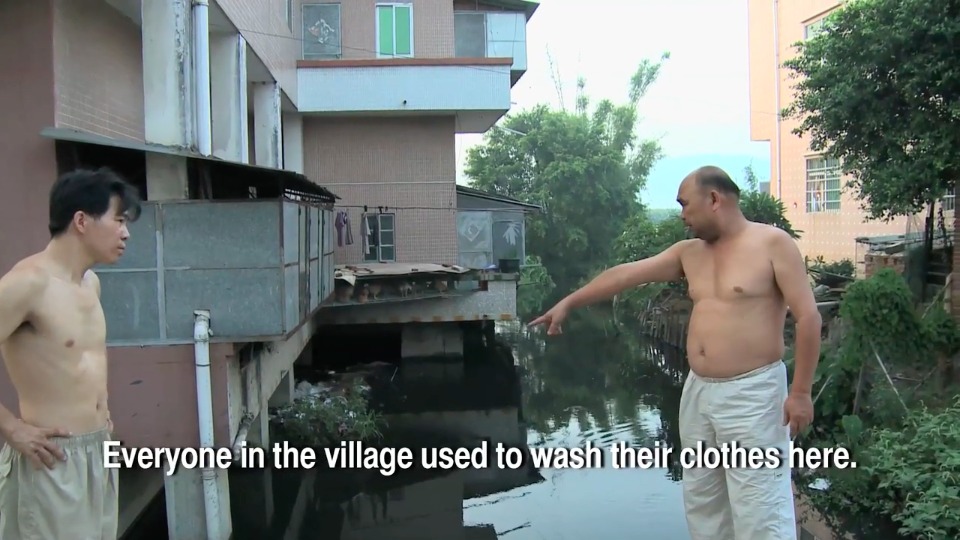
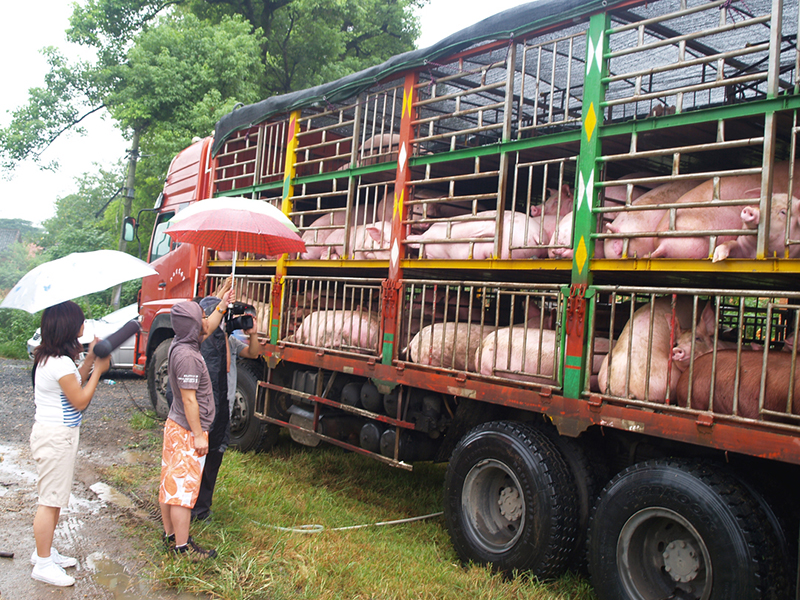
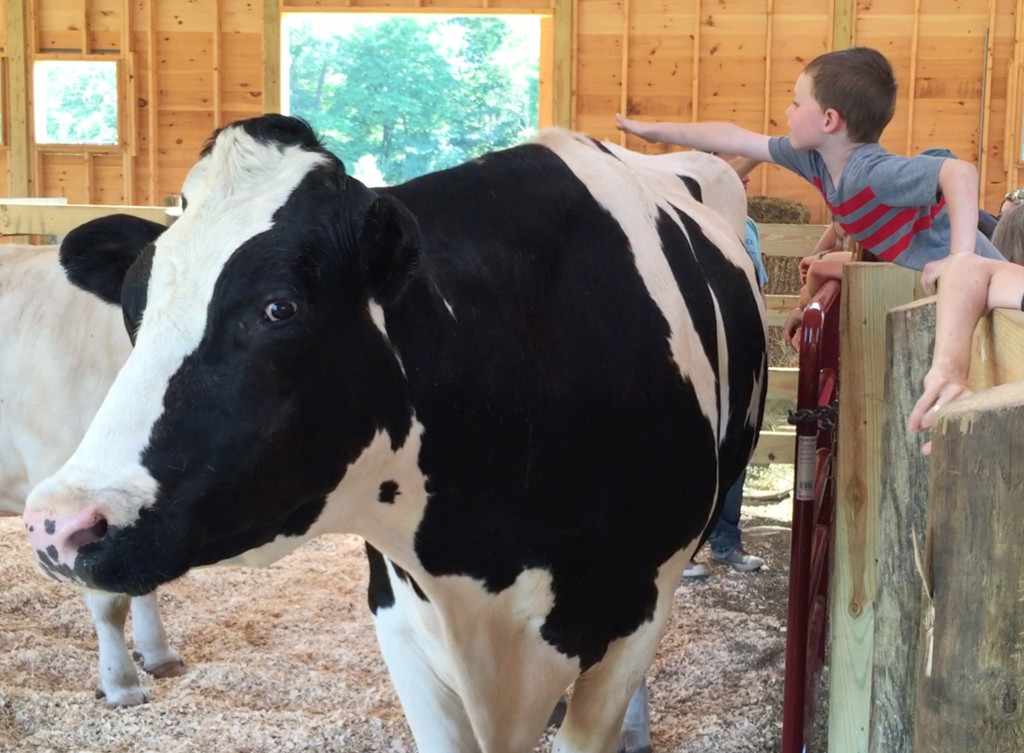
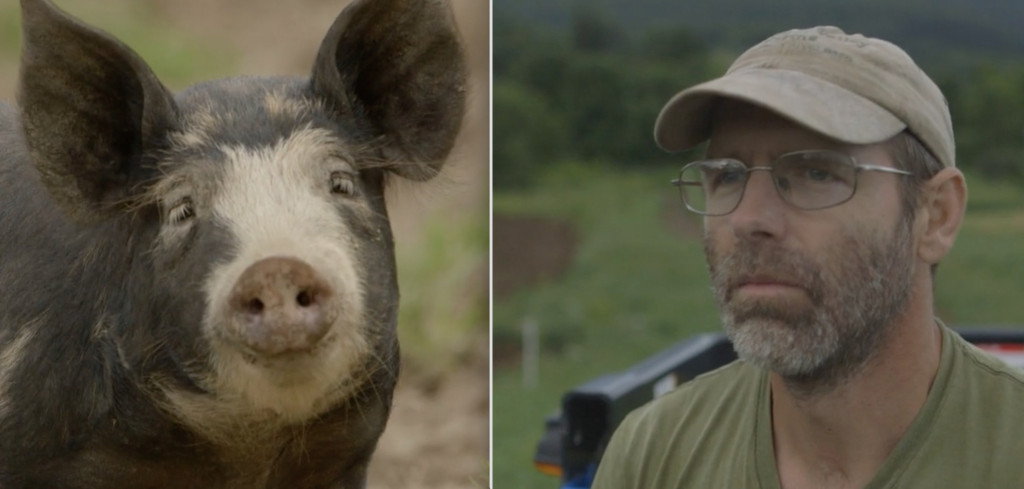
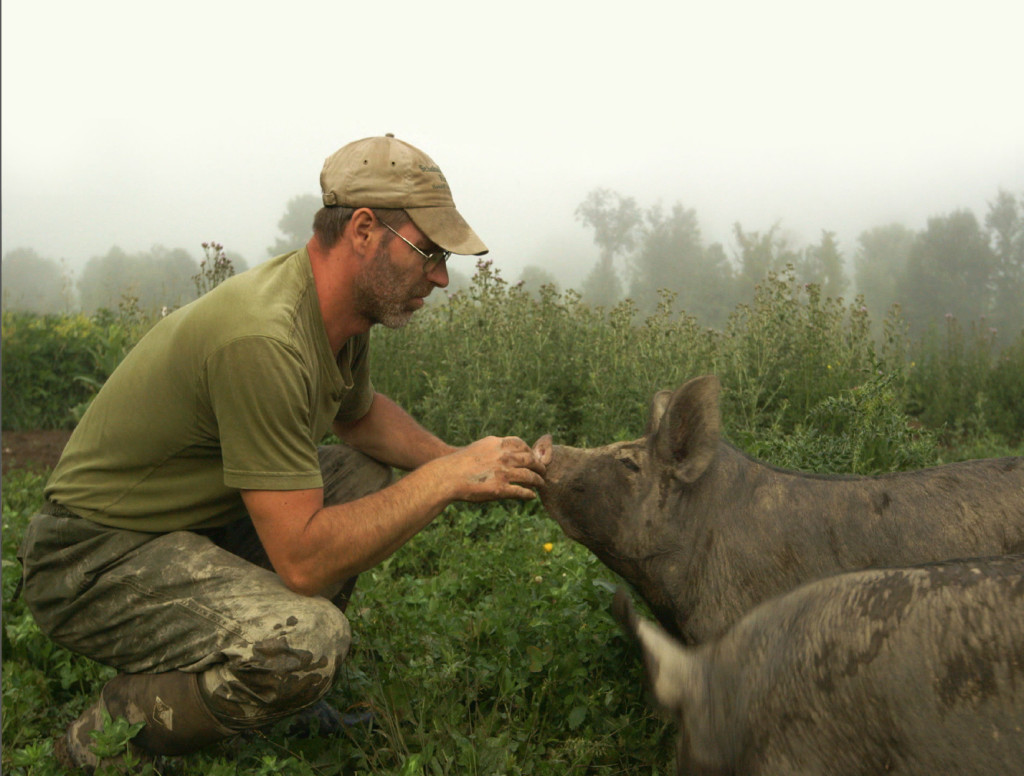
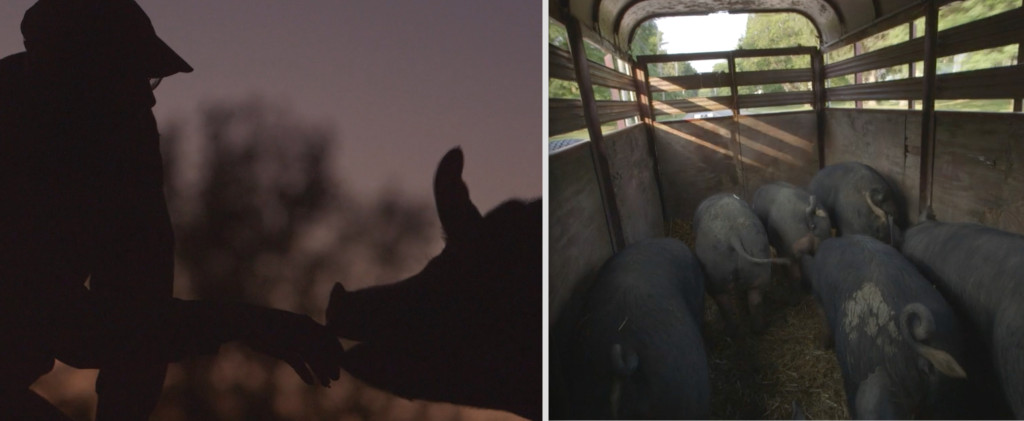
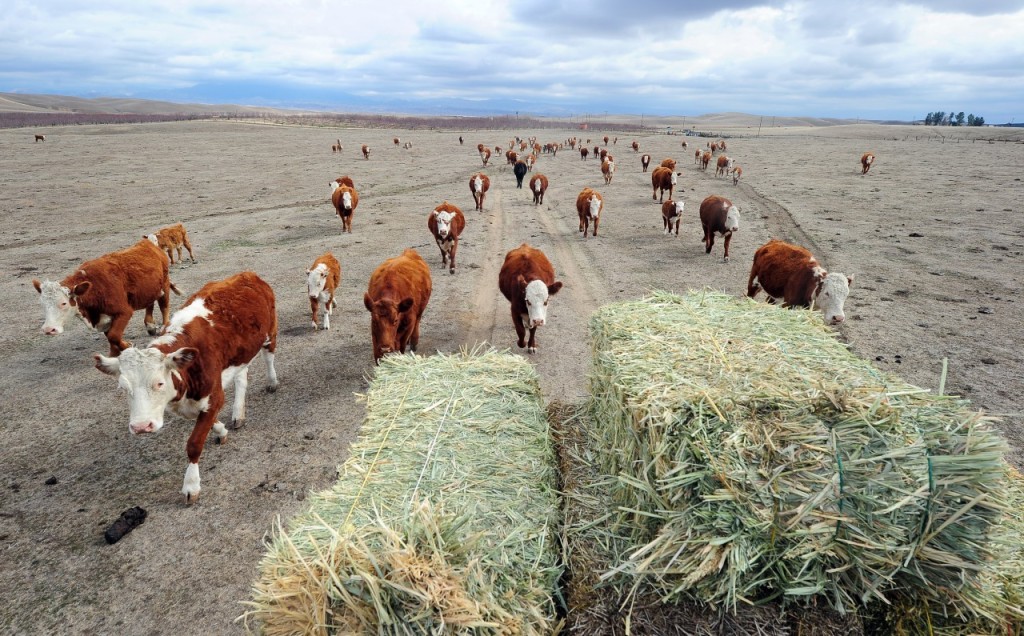
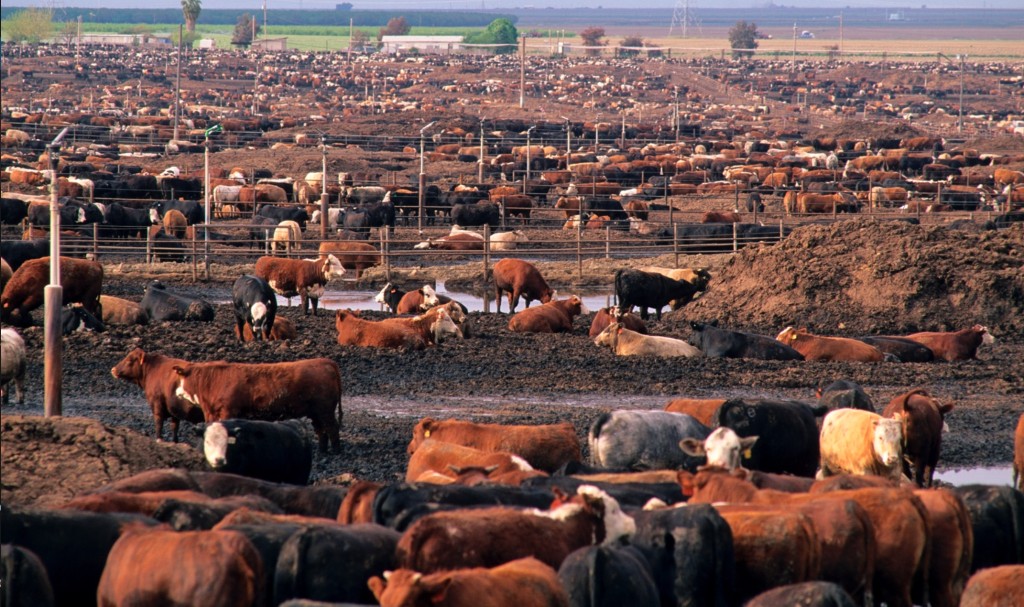

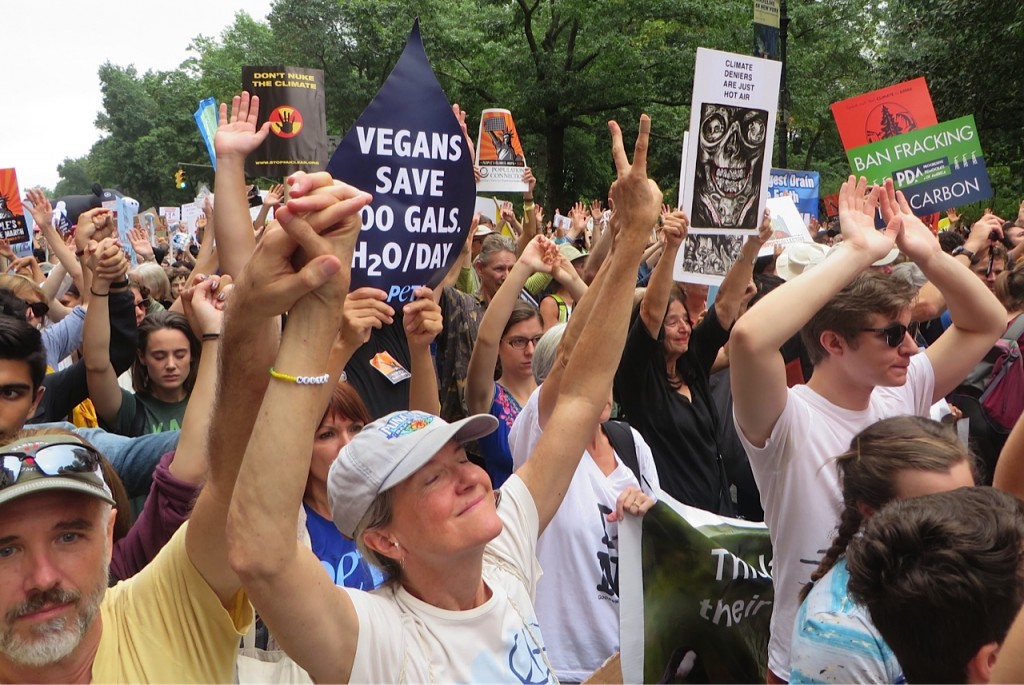
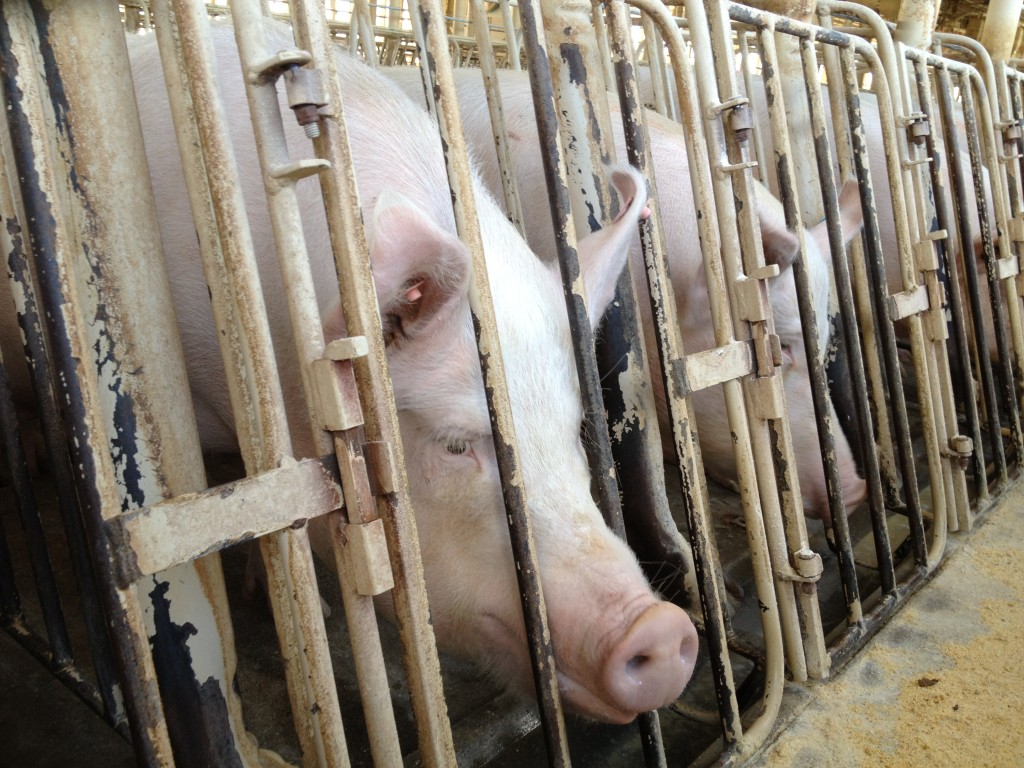

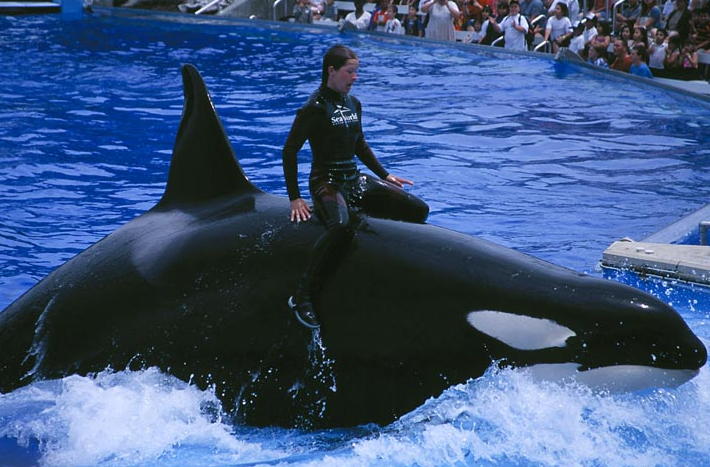
Follow Their Turn